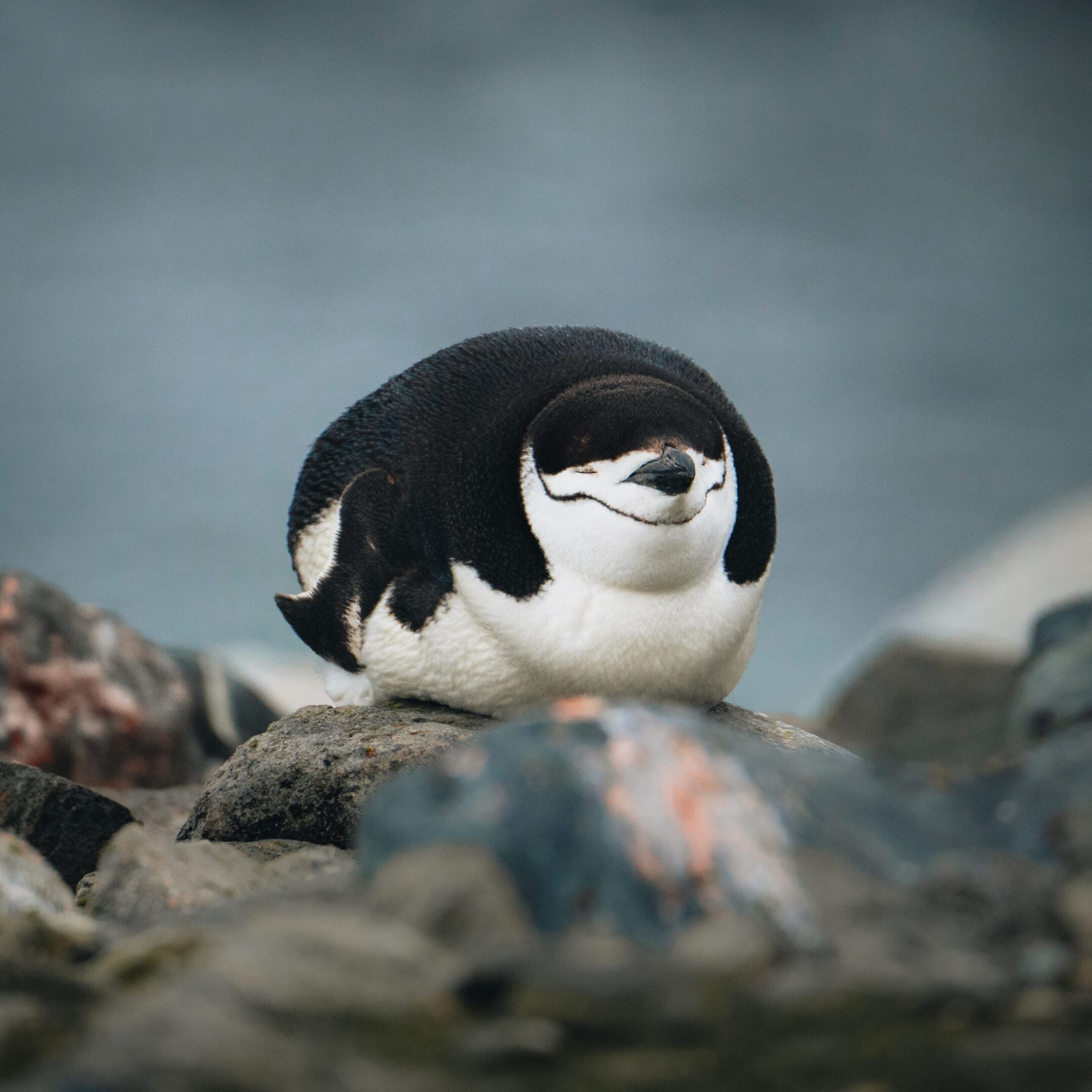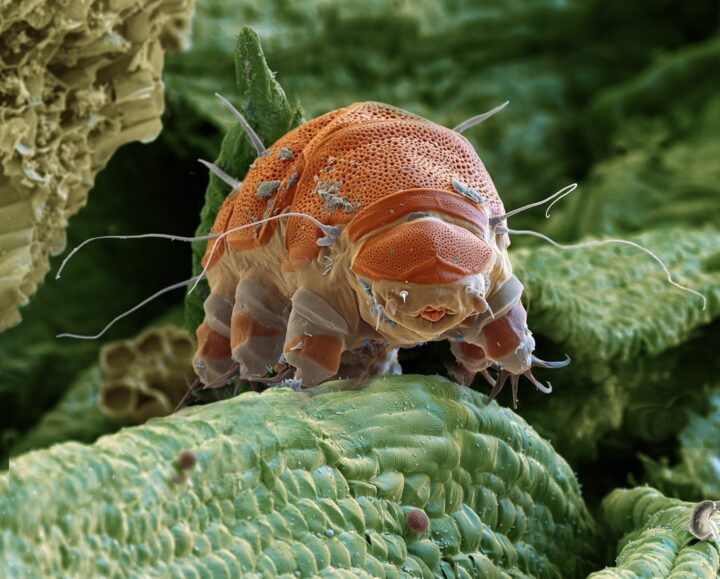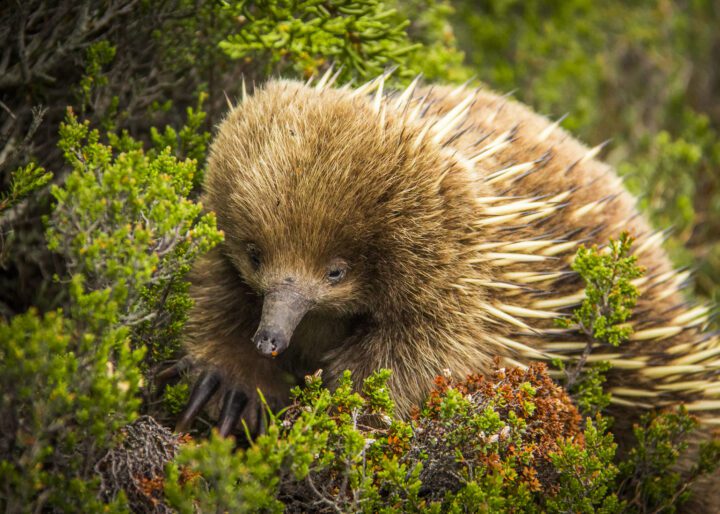Chinstrap penguins maintain near constant alertness by only sleeping for seconds at a time.
Introduction
Chinstrap penguins (Pygoscelis antarcticus), native to the harsh environment of King George Island, Antarctica, exhibit a remarkable biological strategy in their sleep patterns. These penguins face unique ecological challenges, particularly during incubation when they must guard their nests against predatory birds like the brown skua (Stercorarius antarcticus). To meet these demands, chinstrap penguins have developed an extraordinary in the way they sleep.
The Strategy
Chinstrap penguins employ a strategy of frequent, ultra-short bouts of sleep known as microsleeps. Unlike conventional prolonged sleep observed in many animals, the penguins utilize numerous bouts of slow-wave sleep (SWS) interspersed with brief awakenings. On average the microsleeps last a mere 4 seconds, but they add up to more than 11 hours total per day. Some naps rest one hemisphere of the brain at a time, others rest the whole brain at once.
Even during periods of incubation, when vigilance is crucial, these penguins manage to balance their need for sleep with their need to protect their offspring.
Surprisingly, penguins nesting at the colony’s edge, where predation risk is higher, actually achieve better sleep quality than those in the center. This may be due to increased aggression from other penguins in the colony and the increased stress that produces. Additionally, these birds adjust their sleep patterns based on factors, with improved sleep quality during the middle third of the day.
The Potential
The adaptation of frequent microsleeps in chinstrap penguins offers valuable insights for potential applications in human sleep management. This unique strategy may inspire innovations for individuals who require heightened vigilance during specific tasks or professions, such as healthcare workers, emergency responders, and military personnel. Understanding the restorative value of microsleeps could lead to optimized sleep schedules that enhance cognitive performance and safety.
Chinstrap penguins’ ability to thrive despite fragmented sleep patterns underscores the resilience of nature’s solutions. Humans can draw from this adaptation to better understand how to balance rest and alertness in demanding environments. It also emphasizes the importance of adaptability in the face of ecological challenges, providing valuable lessons for designing more sustainable and resilient systems across various fields.
AI on AskNature
This page was produced in part with the assistance of AI, which is allowing us to greatly expand the volume of content available on AskNature. All of the content has been reviewed for accuracy and appropriateness by human editors. To provide feedback or to get involved with the project, contact us.





